41 calorie used on food labels is equal to
Calorie Counts Aren't Accurate - Business Insider One Calorie (equal to one kilocalorie, or 1,000 calories) is the amount of energy that is required to heat one kilogram of water 1 degree Celsius at sea level. The energy content of food was ... Biology-Chapter 9 Review Flashcards - Quizlet A calorie is a unit of ______. energy ; The Calorie used on food labels is equal to ______ calories. 1000 ; A Calorie is also referred to as a. Kilocalorie ; Cells ...
Pet Food Labels - General | FDA The percentage of dry matter of the product is equal to 100% minus the percentage of moisture guaranteed on the label. A dry food is approximately 88-90% dry matter, while a canned food is only ...

Calorie used on food labels is equal to
How Many Calories Does One KCAL Equal? | livestrong Calories Equivalent to 1 Kcal. According to HyperPhysics of Georgia State University, the dietary Calorie (with a capital C) is equivalent to a kilocalorie, which is equivalent to 1,000 calories. You can think of it in simpler terms: The Calories labeled on food nutrition facts are, in fact, kilocalories, explains the USDA National Agricultural ... What is the difference between the dietary calorie and the physical ... The food Calorie is often spelled with an upper case 'C' to distinguish it from the smaller calorie. By the way, this metric measure of energy has an English counterpart which you've probably seen used to describe air conditioners and furnaces. The amount of energy needed to change the temperature of one POUND of liquid water by one degree ... Calories for Hundreds of Foods: Your Calorie Chart Database Welcome to Calories.info, a food database that will help you discover the caloric content and other facts about common foods. When you use the calorie database to understand how your body gets energy out of your favorite meals and snacks, paying particular attention to the number of calories in food you’ve eaten, you’ll be empowered to make dietary choices that never leave you with guilt ...
Calorie used on food labels is equal to. How to Understand and Use the Nutrition Facts Label - FDA It's important to realize that all the nutrient amounts shown on the label, including the number of calories, refer to the size of the serving. Pay attention to the serving size, especially how ... The Calorie used on food labels is equal to how many calories? Explanation: The food Calorie (capital "C") is actually a kilocalorie ( 1 ×103 calories)! Why would someone do this? Well, probably because it takes about 2 megacalories ( 2 ×106) to run a person for a day. So it is more convenient to talk about 2,000 Calories than it is to talk about 2 million calories. Answer link. 5 Best High Calorie Drinks - The Geriatric Dietitian Apr 14, 2020 · High calorie drinks are a great way to promote weight gain and prevent unintended weight loss. This article dives deep into high calorie drinks and includes our top 5 picks for the best high calorie drink options! Low vs. High Calorie Drinks. Let’s talk low vs. high calorie drinks. When it comes to calories, not all drinks are created equal. calorie | unit of measurement | Britannica A unit of heat energy used in thermochemistry is the thermochemical calorie, equal to 4.184 joules. It is commonly used as the unit for heat capacities, latent heats, and heats of reaction.. In a popular use of the term calorie, dietitians loosely use it to mean the kilocalorie, sometimes called the kilogram calorie, or large Calorie (equal to 1,000 calories), in measuring the calorific ...
Calories on the Label Equal Calories Stored - Fact or Myth? Thus, 100 calories of steak will result in say 75 calories stored over a few hours, while 100 calories of table sugar could result in nearly 100 calories ready for immediate use (plus a sugar crash). And while food labels generally account for this, as we will cover next, they aren't always perfectly accurate. PDF Answer Key: Food Labels (Grades 6 to 8) - KidsHealth 2. A food is considered to be an excellent source of a nutrient if the percent daily value of that nutrient is: a. 0% b. less than 5% c. between 10% and 19% d. 20% or more 3. True or false: Because food labels are written according to the calorie needs of adults, they are not useful for kids and teens. 4. How calories are calculated: Science behind the | Live Science He also found that alcohol has 7 calories per gram. "Let's say you have a food that contains 10 grams [0.35 ounces] of protein (10 x 4 = 40) and 5 grams [0.2 ounces] of fat (5 x 9 = 45), then the ... Calorie Calculator - Calories need to Maintain, Lose/Gain Weight Remember that 1 kcal is equal to 1,000 cal. Both terms ‘large calorie’ and ‘small calorie’ are frequently used interchangeably; this is misleading. However, the calorie content that is listed on food labels refers to kilocalories. A 250-calorie chocolate bar actually packed with 250,000 calories. Fast Facts On Calories:
Why Do Food Labels Use Calories Instead of Joules or ... Atwater System. The Atwater system is generally used by the food industry for U.S. labels. This is a standard for calculating the energy value of carbohydrates, fats and proteins. These kilocalories are expressed as "calories." The system assigns 4 calories per gram to carbohydrates, 9 calories per gram to fats and 4 calories per gram to proteins. 9.1 cellular respiration overview Flashcards | Quizlet The calorie used on food labels is equal to ____ calories. 1000. A calorie is also referred to as what? Kilocalorie. Cells use energy stored in chemical bonds of food to produce compounds that directly power the cells activities such as what? ATP. The equation that summarizes cellular respiration using chemical formulas is? Amazon.com : EQUAL 0 Calorie Sweetener, Sugar Substitute ... The zero-calorie sweetener you know and love dissolves quickly in hot or cold beverages, adding sweetness to every sip. EQUAL 0 calorie sweetener products can be useful in a diet of individuals with diabetes. Sugar substitutes, such as EQUAL, can be used to sweeten foods and drinks with less calories and carbohydrates when they replace table sugar. Calories on the New Nutrition Facts Label | FDA - U.S. Food and Drug ... 2,000 calories a day is used as a general guide for nutrition advice, but your calorie needs may be higher or lower depending on your age, sex, height, weight, and physical activity level. Eating ...
Food Labels: Fat & Cholesterol | Home & Garden Information Center The 2015 Dietary Guidelines for Americans recommends the following intakes of fat and cholesterol every day: total fat—20 to 35% of calories, depending on age and gender (65 grams for the 2,000-calorie intake level used in the Daily Value)*. saturated fat—less than 10% of calories**. trans fat— keep as low as possible.
Reading Food Labels (for Parents) - Nemours KidsHealth A calorie is a unit of energy that measures how much energy a food provides to the body. The number of calories that's listed on the food label indicates how ...
Nutrition Vocabulary Matching Game Flashcards | Quizlet Nutrition Facts Panel. The section of a food label that shows the Serving Size, Calories, and key nutrients by % DV, in one measured amount of food. Oils. Forms of fats that are liquid at room temperature. Oils, such as vegetable oils, are higher in unsaturated fats and lower in saturated fats than solid fats.
Food Labels Flashcards | Quizlet a fatty substance that travels through the blood and is found in all parts of the body, important production of Vitamin D/hormones. Sodium. Salt - keeps body fluids balanced. Total Carbohydrate. all carbohydrate; fiber and sugar. fiber. helps keep digestestive system healthy. FDA. requires vitamin A,C,calcium and iron.
Thermochemistry and Nutrition - GitHub Pages The nutritional Calorie A unit used to indicate the caloric content of food. It is equal to 1 kilocalorie (1 kcal). (with a capital C) that you see on food labels is equal to 1 kcal (kilocalorie). The caloric content of food is determined from its enthalpy of combustion (ΔH comb) per gram, as measured in a bomb calorimeter, using the general ...
chapter 2 nutrition Flashcards | Quizlet Study with Quizlet and memorize flashcards containing terms like which is true about dietary reference intakes? (DRIs) A) They apply to people in Canada and the U.S. B) They were created by the Food and Nutrition Board. C) They include Recommended Dietary Allowances and Tolerable Upper Intake Levels. D) They differ by age group. E) All of these responses are true., Dietary reference intakes ...
Chapter 9: Cellular Respiration and Fermentation The Calorie used on food labels is equal to 1000 calories. ... Cells use the energy stored in chemical bonds of foods to produce compounds that directly ...
How to Calculate Kilocalories | livestrong A kilocalorie (kcal) is the same as one large calorie, which is equal to 1,000 small calories. But small calories are uncommon in everyday use — large calories, or kilocalories, are what you're used to seeing on food labels and in nutrition and exercise recommendations.
Everything You Need To Know About Monk Fruit Sweeteners Oct 27, 2021 · Low-calorie sweetener use, weight, and metabolic health among children: A mini-review. Pediatr Obes. 2019 Aug;14(8):e12521. Drewnowski A, Rehm CD. The use of low-calorie sweeteners is associated with self-reported prior intent to lose weight in a representative sample of US adults. Nutr Diabetes. 2016 Mar 7;6:e202.
The calorie used on food labels is equal to - Brainly.com 12 Feb 2017 — The calorie used on food labels is equal to - 2868021.
"Calorie" vs. "calorie" - Kirk Mahoney . com The word "calorie" — with a lowercase "c" — means an amount of heat equal to 4.184 joules. In case you do not remember your basic physics, ... When referring to the energy value of food, use "Calorie" with a capital "C". Related. January 6, 2009 May 31, 2011 Kirk
Kcal vs. Calories: Differences and How to Convert - Healthline Mar 08, 2021 · When it comes to nutrition and exercise, kilocalories (kcal) and calories equal the same amount of energy. Calories may also be expressed as kilojoules (kJ), with one calorie or kcal equaling 4.18 kJ.
Calorie - Wikipedia Thus, 1 large calorie is equal to 1000 small calories. In nutrition and food science , the term calorie and the symbol cal almost always refers to the large unit. It is generally used in publications and package labels to express the energy value of foods in per serving or per weight, recommended dietary caloric intake , [6] [7] metabolic rates ...
Why most food labels are wrong about calories Labels provide a number that likely overestimates the calories available in unprocessed foods. Food labels ignore the costs of the digestive process - losses to bacteria and energy spent ...
Biology Flashcards | Quizlet The Calorie used on food labels is equal to. 1000 calories. A Calorie is also referred to as a. Kilocalorie. Cells use the energy stored in chemical bonds of foods to produce compounds that directly power the cell's activities, such as. ATP.
What are calories? How are they measured in food? | HowStuffWorks Specifically, a calorie is the amount of energy, or heat, it takes to raise the temperature of 1 gram of water by 1 degree Celsius (1.8 degrees Fahrenheit). One calorie is equal to 4.184 joules, a common unit of energy used in the physical sciences. Most of us think of calories in relation to things we eat and drink, as in "This can of soda has ...
PDF 9.1 Cellular Respiration: An Overview - Quia A calorie is a unit of . 2. The Calorie used on food labels is equal to calories. 3. A Calorie is also referred to as a . 4. Cells use the energy stored in chemical bonds of foods to produce compounds that directly power the cell's activities, such as . . 5. The equation that summarizes cellular respiration, using chemical formulas, is ...
Why do I get a different amount of Calories when I use the 4-4-9 ... The Atwater system is used for the calculation of the available energy of different food and is more accurate than the 4-4-9 method. Different foods contribute different caloric amounts per gram. For example, 1g of fat from one food may yield 8.4 Calories, while 1g of fat from another food may yield 9.37 Calories.
Calories for Hundreds of Foods: Your Calorie Chart Database Welcome to Calories.info, a food database that will help you discover the caloric content and other facts about common foods. When you use the calorie database to understand how your body gets energy out of your favorite meals and snacks, paying particular attention to the number of calories in food you’ve eaten, you’ll be empowered to make dietary choices that never leave you with guilt ...
What is the difference between the dietary calorie and the physical ... The food Calorie is often spelled with an upper case 'C' to distinguish it from the smaller calorie. By the way, this metric measure of energy has an English counterpart which you've probably seen used to describe air conditioners and furnaces. The amount of energy needed to change the temperature of one POUND of liquid water by one degree ...
How Many Calories Does One KCAL Equal? | livestrong Calories Equivalent to 1 Kcal. According to HyperPhysics of Georgia State University, the dietary Calorie (with a capital C) is equivalent to a kilocalorie, which is equivalent to 1,000 calories. You can think of it in simpler terms: The Calories labeled on food nutrition facts are, in fact, kilocalories, explains the USDA National Agricultural ...

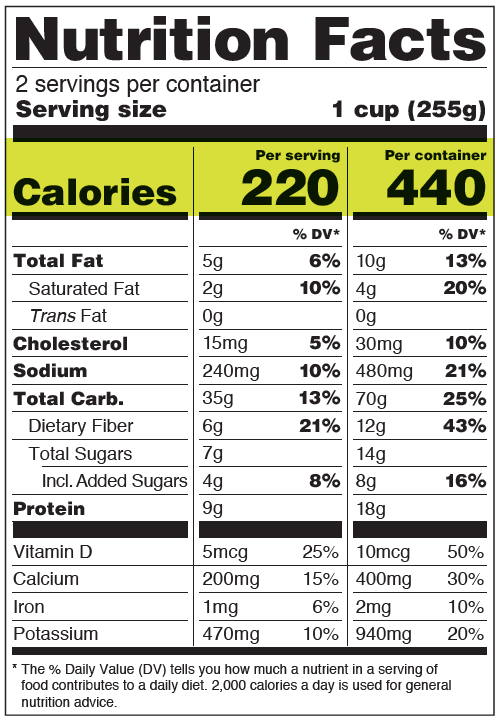
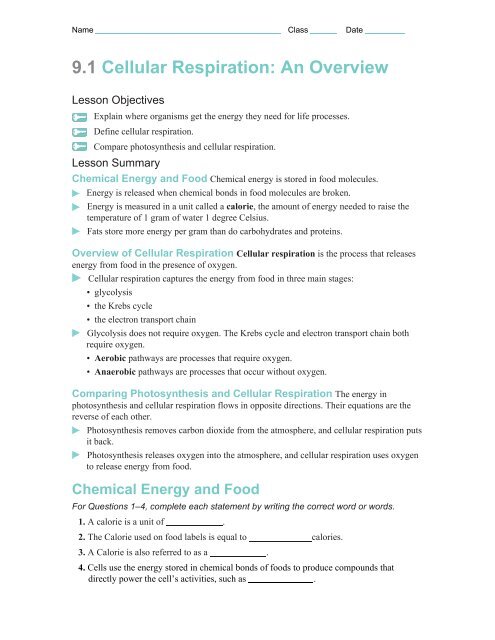
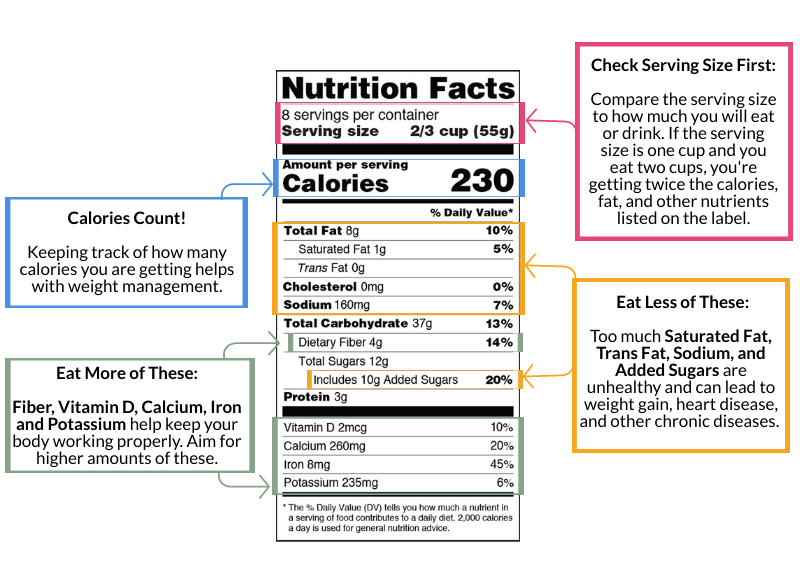
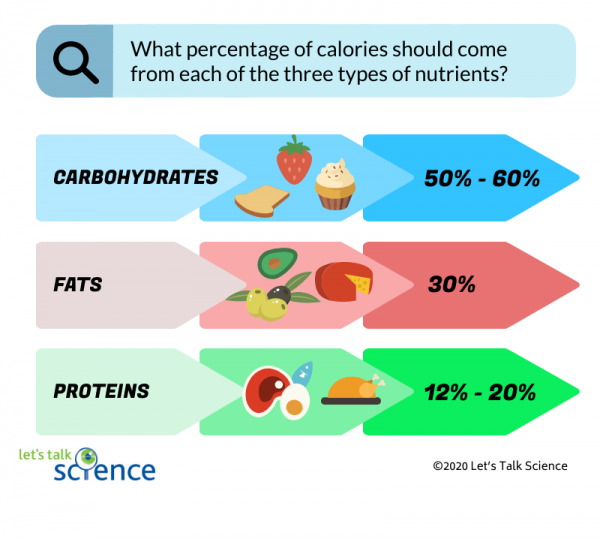
/cdn.vox-cdn.com/uploads/chorus_asset/file/22693769/56517473.jpg)

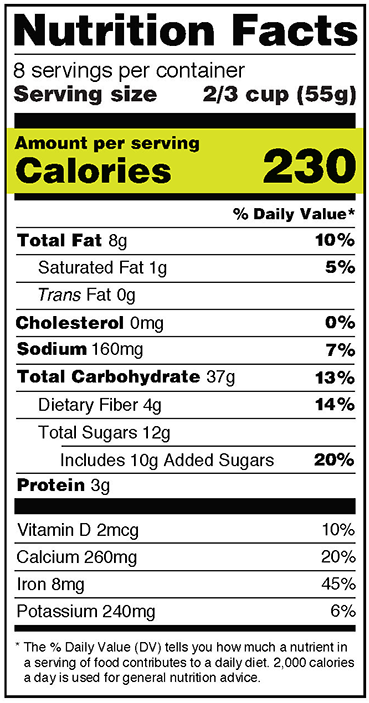

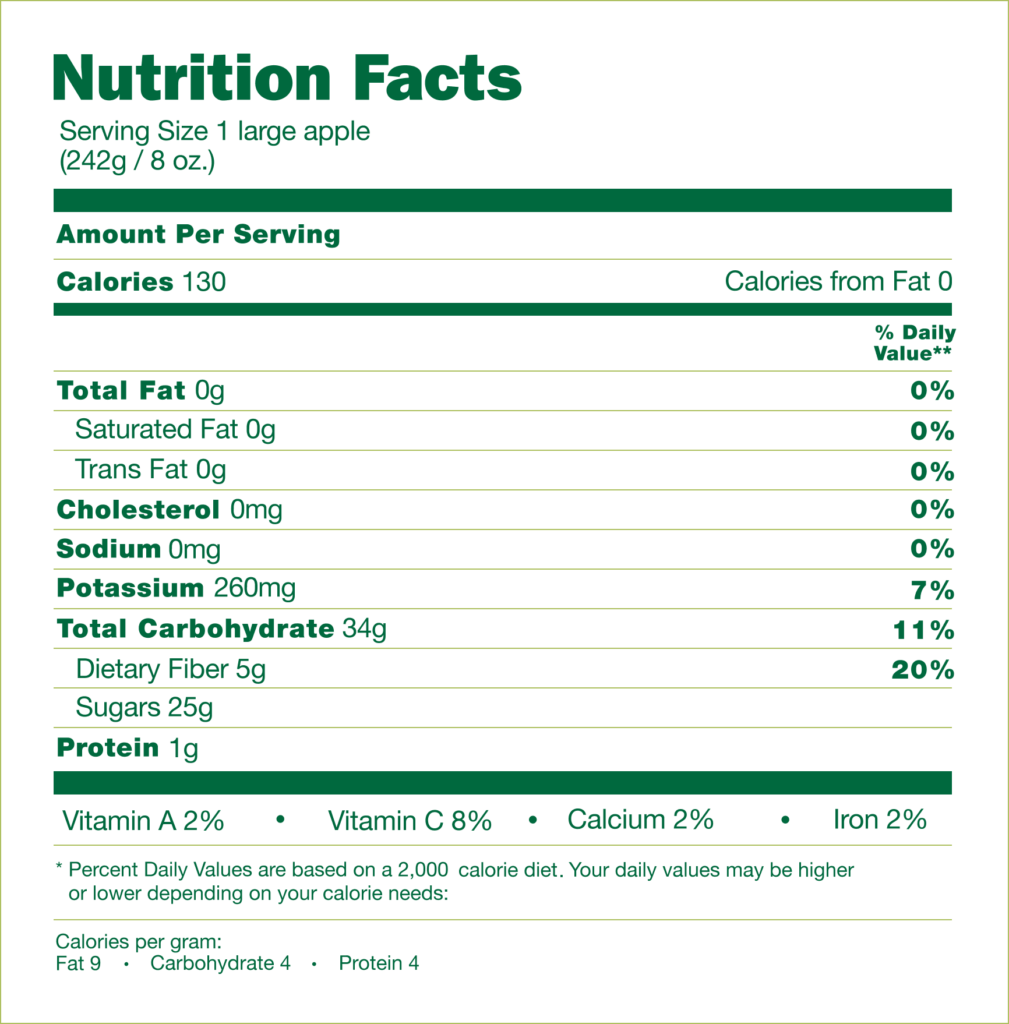


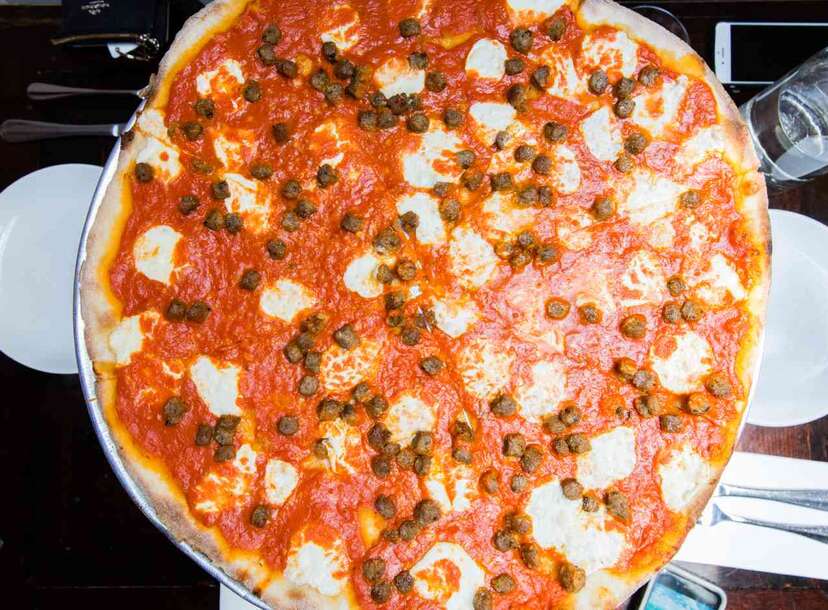
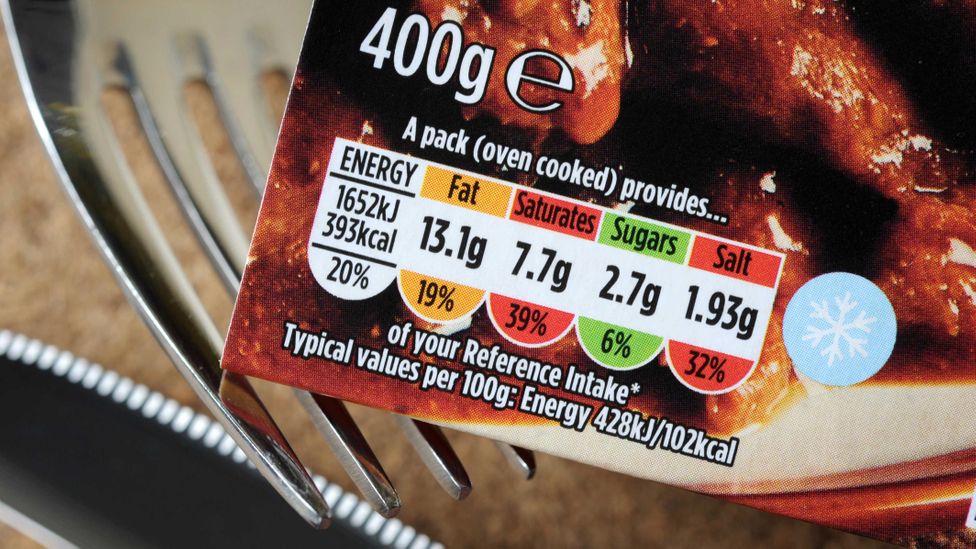
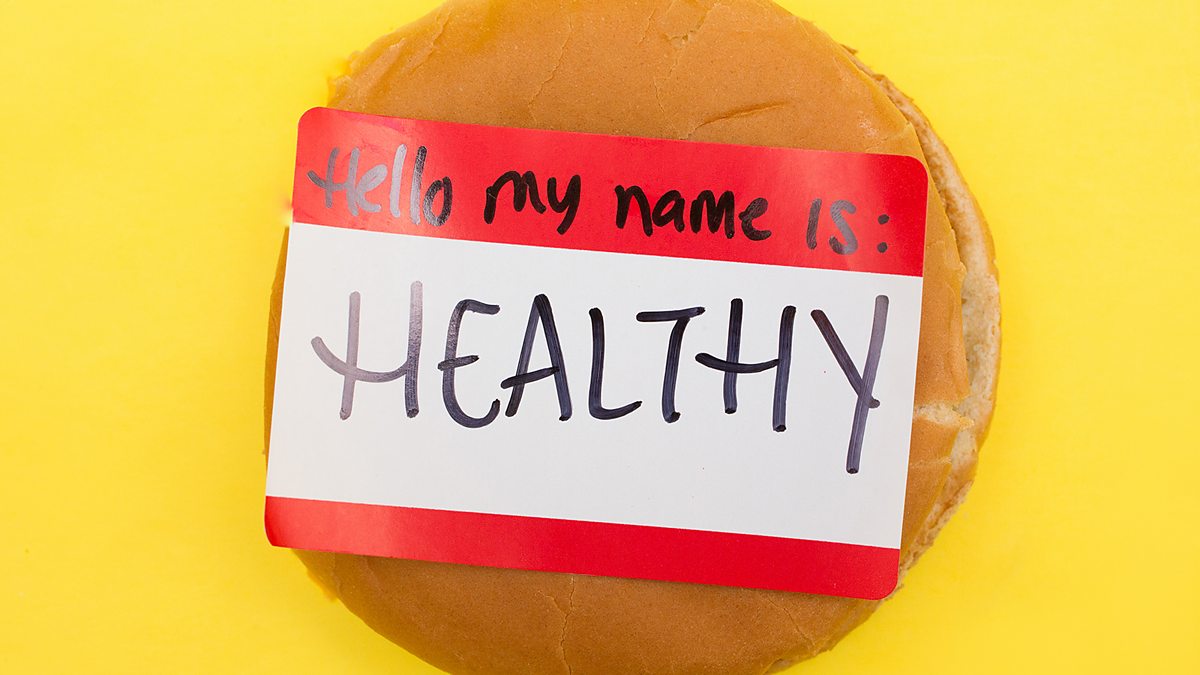
















/honey_annotated2-59c7033829794b71b81b27a01eb27876.jpg)




Post a Comment for "41 calorie used on food labels is equal to"